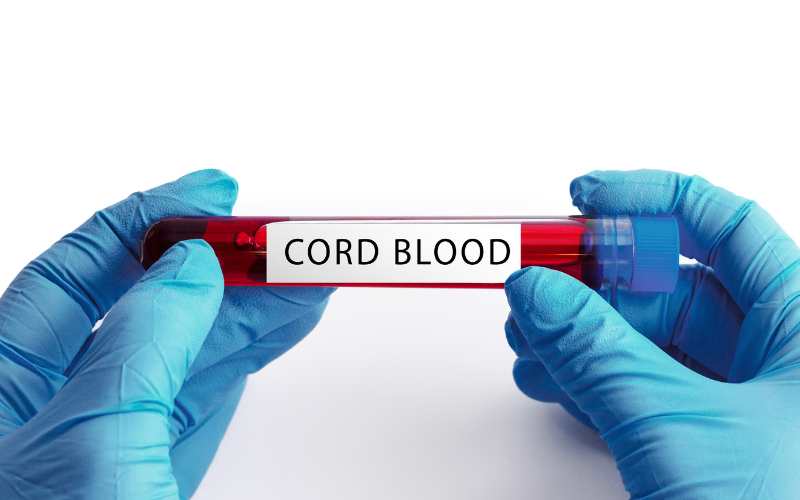Cord Banking: Preserving the Gift of Life for a Healthier Tomorrow

Introduction:
Cord blood banking has emerged as a groundbreaking medical advancement that allows parents to store the valuable stem cells found in their newborn’s umbilical cord blood. These stem cells hold the potential to treat a wide range of diseases and conditions, offering a lifeline for the child and their family’s future health. In this article, we will explore the concept of cord banking, its significance in modern medicine, and how this simple procedure can make a significant impact on the well-being of your loved ones.
Content:
1. Understanding Cord Banking: In this section, we’ll provide an easy-to-understand explanation of cord banking and its purpose. Cord banking involves the collection and storage of the umbilical cord blood after a baby’s birth. This process is painless and non-invasive, making it safe for both the baby and the mother. We’ll also discuss how cord blood is rich in stem cells, which can differentiate into various types of cells, holding the potential to repair and regenerate damaged tissues in the body.
2. The Science Behind Stem Cells: Here, we’ll delve deeper into the science of stem cells and their incredible capabilities. Stem cells are like blank slates with the unique ability to transform into specialized cells, such as red blood cells, white blood cells, or platelets. This versatility makes them invaluable in treating diseases like leukemia, certain immune disorders, and even some genetic conditions.
3. Types of Cord Banking: This section will explain the two main types of cord banking – private and public. Private cord banking allows parents to store their child’s cord blood exclusively for their family’s potential future use. On the other hand, public cord banking involves donating the cord blood to a publicly available registry, where it can be accessed by anyone in need of a matching stem cell transplant.
4. The Process of Cord Banking: In this section, we’ll walk through the simple and painless process of cord banking. We’ll explain how, immediately after birth, the medical professional collects the cord blood using a special kit, which is then sent to a cord blood bank for processing and storage. Parents will find peace of mind knowing that this process poses no harm to the baby or the mother.
5. The Importance of Cord Banking: Here, we’ll emphasize the significance of cord banking in safeguarding the health of your child and your family. We’ll discuss how having a store of genetically compatible stem cells readily available can significantly increase the chances of successful treatments if ever required in the future. Additionally, we’ll explore the potential benefits of related cord blood transplants for family members.
6. How to Choose a Cord Blood Bank: This section will provide practical tips on selecting a reputable and reliable cord blood bank. We’ll cover factors such as accreditation, storage facilities, experience, and transparency in pricing. Making an informed choice about the bank is crucial, as you are entrusting the future health of your loved ones to their services.
Conclusion:
Cord banking is a promising medical advancement that offers hope for a healthier tomorrow. By preserving the precious stem cells found in a newborn’s cord blood, parents can potentially provide their child and their family members with access to life-saving treatments in the face of certain diseases. The decision to bank cord blood is a thoughtful investment in the future well-being of your loved ones.
FAQs:
Q1. Is cord banking safe for the baby and the mother? Answer: Yes, cord banking is a safe and painless procedure for both the baby and the mother. It is performed after the baby’s birth and poses no risk to their health.
Q2. Can anyone access publicly banked cord blood? Answer: Yes, publicly banked cord blood is available for anyone in need of a matching stem cell transplant. Donating cord blood to a public bank can potentially save the lives of patients awaiting a suitable donor.
Q3. How long can cord blood be stored? Answer: Cord blood can be stored for many years without losing its viability. Some cord blood banks offer storage plans that can extend up to 20 or 25 years.
Q4. What happens if we don’t use the cord blood? Answer: If the cord blood is not used, it remains securely stored and can be made available for future use if needed. Alternatively, in public banks, it can be used to benefit other patients.
Q5. Are there any guarantees that the cord blood will be a perfect match for my child or family member? Answer: While cord blood is a genetically related match, there is still a possibility of some variance. However, it is a valuable resource and can still be beneficial in many cases, increasing the likelihood of a successful transplant.
